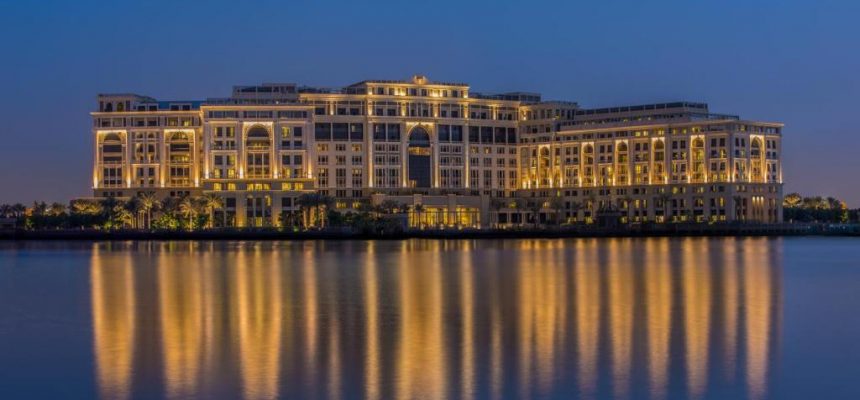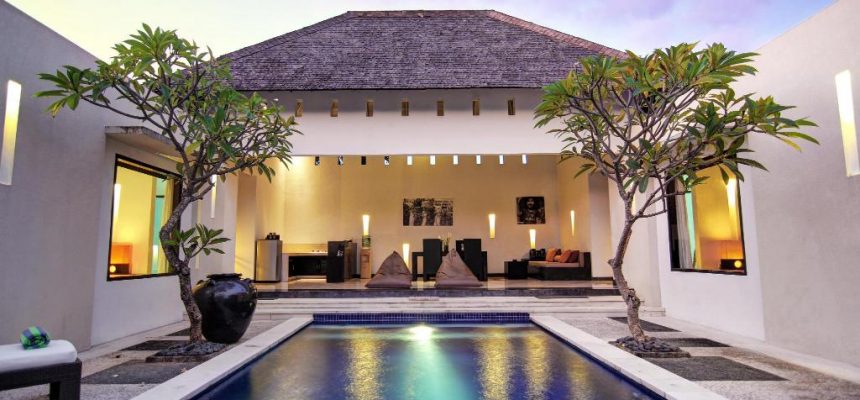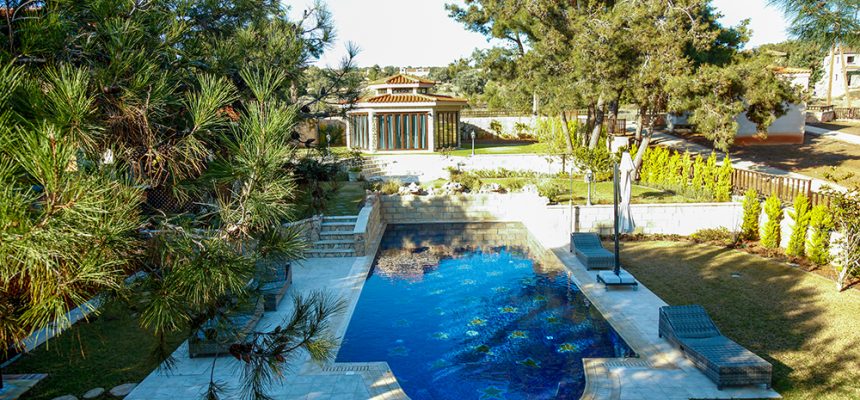A living legend in the world of design, it is still too early for him to take his rightful place on the shelves of the archives. A prominent figure in post-modern «new design», he never considered himself a part of any existing schools. The creator of countless unique concepts, everything from toothbrushes to the spaceport, he was not even afraid to reinvent the wheel. He is a winner of dozens of awards and titles, whose masterpieces are exhibited in museums and taught to enterprising students. He is an avid motorcyclist and loves aqueous pursuits of all kinds.
Philippe Starck is almost a hermit who lives with his wife and friends in a house without water and electricity on its own island (although he has access to just enough electricity for phone and laptop charging). Still, he is the consummate media personality who participates in a variety of cultural and social events, gives interviews and is an image-maker himself. He has carefully created and cultivated a very successful brand name for himself. He is, undeniably, a charming man who is always lively and a little wild-eyed. All of this contributes to making Philippe Starck one of the most famous designers in the world.
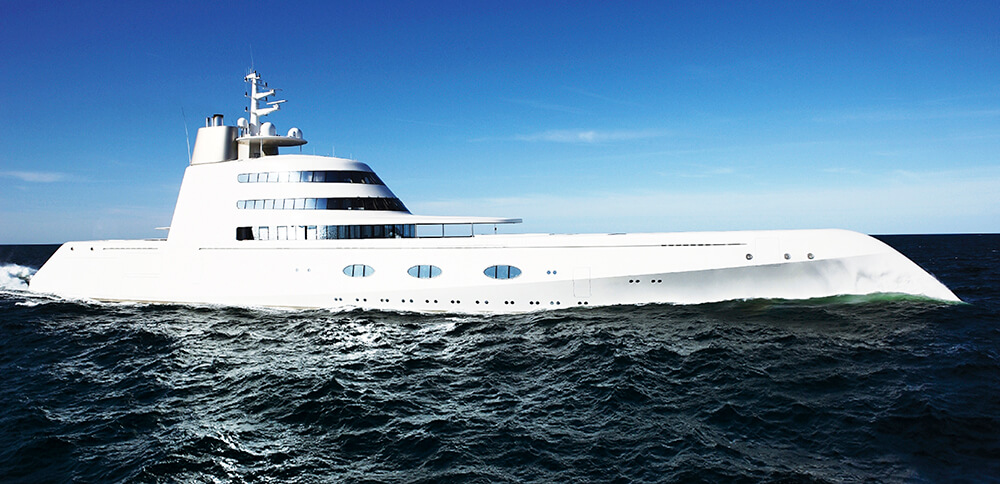
Career
Philippe was born on January 18, 1949 into the family of aircraft designer Andre Stark and housewife Jacqueline Lanuriss. Even as a child, watching his father work on his drawings, the boy tried to clothe stringent schemes into interesting art forms, enthusiastically creating something carved, assembled and glued.
After graduating from the Paris School of Camondo (a private high school of design objects and interior habitat), in 1968, he launched his first venture for the production of inflatable advertising structures. The following year, the young talent was attracted to work with Pierre Cardin. In just a few years of cooperation, Starck managed to work closely and successfully on the design of furniture. In 1977, Philippe Starck was sent on a two-year trip around the world. He came back to open Starck Products. The company has, from the outset, not specialised in any one area of design, doing a little of everything.
In 1982, Starck, due to his fame, received an order to re-design the apartment of Francois Mitterrand in the Élysèe Palace. Since then, the number of projects credited to this man is difficult to count, with an estimate of 10,000.
Most of the innovations are related to the industrial design of mass-produced items, architecture and design of commercial interiors. A notable
item worth mentioning is the torch for the 1992 Olympic Games. In Paris, there is even a street named after Philippe Starck that he himself designed.
The «crowns» in his career are the projects involving motor yachts, which have strongly taken a leading position in the list of the most extraordinary superyachts in the world.
In particular, Starck tailored the avant-garde design of the yacht «A» for EuroChem beneficiary, industrialist and billionaire Alexander Melnichenko (№ 11 in the ranking of the richest Russian businessmen) with a helipad, a garage and three swimming pools. It was built in 2008 and is estimated to be worth upwards of $400 million.
The shape of the ship resembles a snow-white submarine and its unusual body does not conform to the static forms of classic yachts. Thus, it benefits from reduced water resistance. This allows the boat to not leave the surface of the waves, even at high speeds.
The next experience that Stark had with yacht design was his collaboration with Steve Jobs. The design and construction of the yacht took five years, but Jobs was not destined to enjoy the completed project. It was a year after the death of Jobs that the mega yacht Venus was finally lowered into the water. Many recognise this masterpiece as the prime example of absolute minimalism.
In addition to a list of numerous thematic awards and regalia in the bank, Starck holds the honorary titles of Chevalier des Arts and Literature Order (1998) and the Chevalier of the Legion of Honour (2000) in his native country. In 2008, Philippe Starck was appointed the official representative of France to the EU as an artistic director.
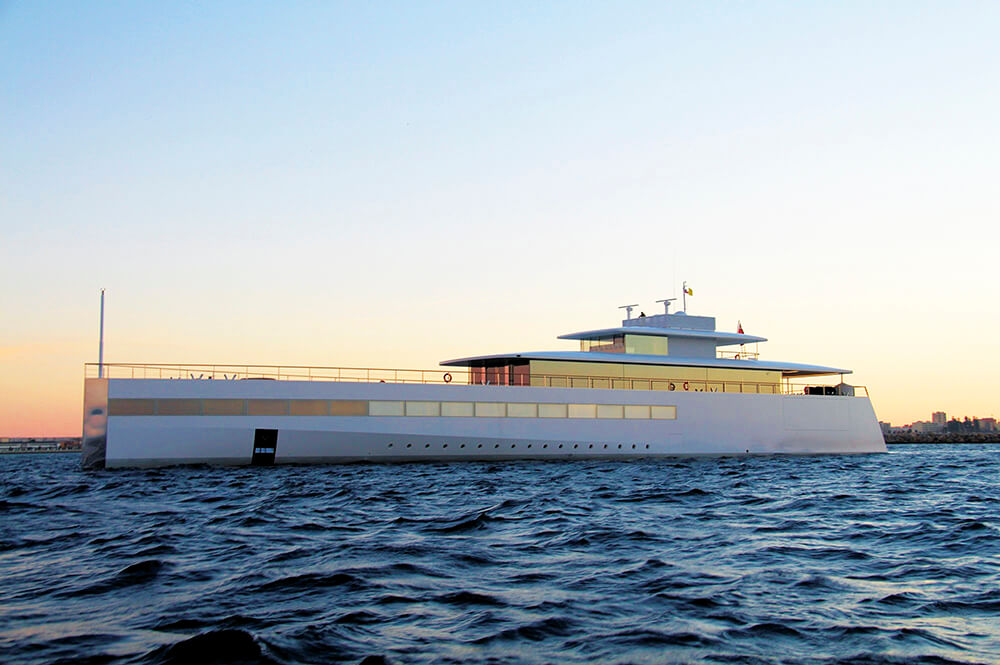
The Philosophy and Aesthetics of Stark
A key feature of Starck is his distinctive handwriting, which is always characteristic of this creator. His designs emphasise wit, originality of constructive solutions, irony and manufacturability, combined with elegance. None of his projects could ever be labelled monotonous, as there are too many styles, beats and mixes that are combined into unexpected cocktails.
The designer, himself, emphasizes functionality over aesthetics («I like things done with mindfulness»), at least most of the time. The Juicy Salif was a citrus squeezer that seemed to be aesthetically pleasing more than truly functional, according to critics. His response was that the «obvious function of things does not always reveal their true destiny». By the way, in his opinion, if a project is accepted the first time without criticism, it is worth nothing.
Starck plays with shapes and bodies, whether it is a chair or a huge hotel building. In this game, an important part of art (he does not consider it art design), the maestro does not forget the social and ethical norms. Hence, his hatred for the MMA and fabulously expensive design products of all kinds of limited series is clear: «… today, true beauty is revealed in an object just when its launch is into mass production. If you create a good idea, it is your duty — to share the good fortune with the largest number of people.»
Starck is proud that his chair for the legendary Café Costes, which was worth a thousand dollars. He is also proud of another chair, created years later for a major US retailer, Target. Even plastic chairs, meant for the masses, can retain an element of beauty and functionality. It is interesting that Philippe Starck is not interested in turning his hands to residential interiors. He prefers to keep his attention focused on restaurants, nightclubs and the common areas of residential complexes. It would seem that dabbling in residential interiors would bring him closer to the mass consumer, but the great Frenchman believes that the space of a person’s house must be completed alone and that professional design is bad in this case.
In addition to the democratisation of design and its efficiency, this artist turns his concerns to the common responsibility of taking care of the planet. He believes in eco-biodegradable plastics and natural materials. Generally, Starck is worried about the future, knowing full well that what we do today will impact our collective tomorrow.
He is not interested in making beauty ephemeral and he looks for the form that will be relevant and just as strong in decades to come (so, it is not necessary to solve the problem with recycling). Thus, many of his creations are colourful, futuristic and minimalistic.
Philippe Starck is deeply interested in science, collaborating with scientists to work on high-tech projects. Recognizing that the world around us and all of us are simply certain combinations of the same atoms, the designer concludes: «The only thing that is real is the relationship between people: the tenderness and love. And there it is, the only reason to live, no matter what else we do».

